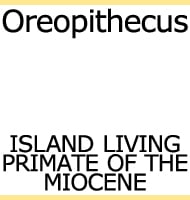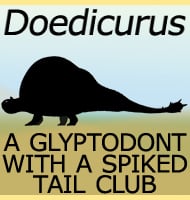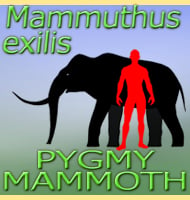Oreopithecus
In Depth Oreopithecus is a paradox as while it is amongst the best known of fossil apes, there is still much confusion over how this primate lived and was related to other primates. This confusion is down to how Oreopithecus displays features that both suggest an arboreal life where it swung through the tree canopy, … Read more




